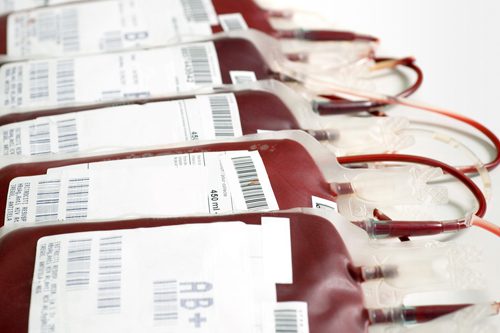Have you ever felt as though your aching joints or muscles predicted the weather before you could check your app?
You’re not alone. Dr. Christopher Murawski, an orthopedic surgeon with Duke Health, said the concept of weather-related pain has been…

Have you ever felt as though your aching joints or muscles predicted the weather before you could check your app?
You’re not alone. Dr. Christopher Murawski, an orthopedic surgeon with Duke Health, said the concept of weather-related pain has been…

Delivering and adhering to a quality-oriented diet can be beneficial for patients with chronic kidney disease (CKD) when implemented successfully. In a review published in Nature Reviews Nephrology, authors describe a framework that requires…
Sami Yli-Piipari, associate professor in the Mary Frances Early College of Education’s kinesiology department, spoke with Futurity about the ways that exercise habits (or lack thereof) in adolescence can set the stage for long-term physical…

Every two seconds, someone in the U.S….

A research team including fertility experts from OHSU’s Center for Women’s Health investigated the health impacts of abortion restrictions on patients who have undergone fertility treatment. (OHSU/Christine Torres Hicks)
Research from…

Scientists at several institutions across the country, in partnership with the Multiple Myeloma Research Foundation (MMRF), have helped generate the largest single-cell immune cell atlas of the bone marrow in patients with multiple myeloma….

An artificial saliva in the form of a mouthwash, produced with a protein extracted from sugarcane and modified in a laboratory, may aid in treating hyposalivation among patients with head and neck cancer, a new study has found. Radiotherapy…

– Advertisement –
When 32-year-old Grace Choji, who lives in Mpape, a satellite town in the FCT, swallowed her antiretroviral medication, she whispered a quiet prayer that the pills would still be available next month.
Choji, a front desk…

In 2024, Germany recorded the highest number of whooping cough cases since reporting became mandatory in the year 2013. With almost 122 cases per 100,000 inhabitants, infants under one year of age were the most affected age bracket,…